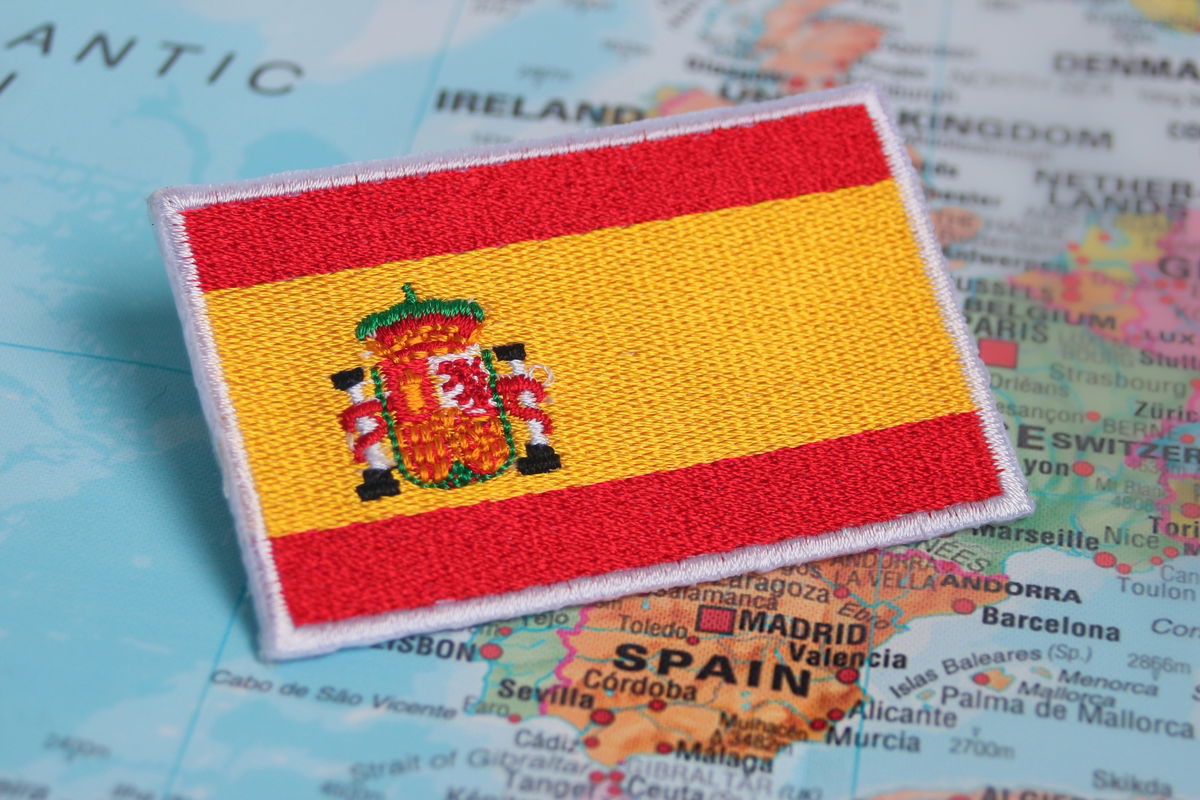Spain’s international influence is now spread across Europe, the Americas, Africa and Asia.
Credit: Dello Photos / Shutterstock
When you hear “Spain on the world stage,” you might picture flamenco, olive-oil exports, or Barcelona FC.
However, a new report from Madrid-based think-tank called the Elcano Royal Institute reveals a far more complex – and surprisingly diverse – picture of how Spain actually projects power and influence worldwide.
Using its own “Elcano Global Presence Index,” the Institute measures not just economics or military strength, but also soft-power factors like culture, diplomacy, and international visibility.
On November 25, the Institute published data mapping out how Spain’s global presence is distributed across geographical regions.
What emerges from this published data is not just a representation of steady European dominance, but also of growing outreach beyond familiar territory.
Europe Still Reigns – But Not Alone
Unsurprisingly, Europe remains the bedrock of Spain’s international clout. In 2024, nearly 55% of Spain’s “global presence” stems from Europe – combining 38.7% from the European Union and another 16.2% from the rest of the continent.
Within the EU, a handful of neighbours stand out. France (8.5%), Germany (5.8%), Italy (3.6%) and Portugal (3.5%) together account for 21.5% of Spain’s global weight.
Beyond the Union, the United Kingdom remains crucial: nearly 8% of Spain’s influence still ties back to the UK, even after Brexit. The report notes that the UK remains Spain’s second-largest market for services exports, the second biggest destination for Spanish outward investment, and the leading source of tourism and immigration to Spain.
So while European dominance feels familiar, the data suggests Spain’s outreach is now more varied than in decades past – a shift away from 1990s-style Euro-centric external policy.
Latin America: A Deep-Rooted Connection
Spain’s historical and cultural ties to Latin America continue to matter – big time. In 2024, the region accounted for 13% of Spain’s global presence, making it the third most significant region overall.
Within Latin America, the major partners are Mexico (3.1%), Brazil (2.3%), and Argentina (1.1%).
These numbers reflect more than mere nostalgia for common language and shared history – they show Spain’s ongoing economic and soft-power engagements in a region with deep ties to its colonial past, but also contemporary trade, migration, investment and cultural exchange.
North America Gains Ground (Thanks to the USA)
In 2024, 8.2% of Spain’s global presence is linked to North America. Within that, the United States alone accounts for 7.5%, making it the single largest individual country in Spain’s global presence index.
The U.S.’s importance for Spain sits across different dimensions: economically – as the third-largest destination for Spanish investments abroad – and in terms of soft power, including sports, science and technology. The U.S. also ranks as the second biggest recipient of Spain’s soft-power outreach.
This growing U.S. connection signals a strategic diversification away from Spain’s traditional European-Latin American axis.
Africa, Asia – Emerging but Smaller Players
One of the more striking findings is the growing significance of Africa. In 2024, Spain’s global presence in Africa stood at 10.9%, putting it ahead of Asia and even edging close to North America.
Asia lags behind, with 6.9% of Spain’s global presence. But within that relatively modest total, the concentration is high: China (2.2%), India (0.6%), Japan (0.6%) and South Korea (0.5%) account for the lion’s share of Spain’s footprint in the region.
The report highlights that Spain’s engagement with Africa and Asia tends to be more uneven – shaped by different strategic ties, military cooperation, economic investments or soft-power outreach depending on the subregions.
What This All Means for Spain – and Why It Matters
So, what’s the story behind these numbers?
Firstly, despite a post-pandemic rebound that many European peers failed to match, Spain’s global presence remains below the peak levels recorded around 2010. That peak had capped a significant decades-long rise in external projection. The latest data suggests while Spain is recovering some ground, it hasn’t fully returned to its erstwhile strength.
Secondly, the geography of Spain’s influence is becoming considerably more diverse. Where once it was heavily concentrated in Europe – or historically close markets in Latin America – now Spain has meaningful engagement in North America and growing (if still modest) footprints in Africa and Asia.
This diversification could help Spain navigate a more multipolar world – not just by strengthening traditional alliances, but by building bridges across continents, regions, and spheres of influence (economic, political, cultural).
Thirdly, the prominence of the United States – as Spain’s top single-country partner in the global presence index – suggests that Spain sees long-term value in transatlantic ties, beyond Europe or its Latin heritage.
Finally, the notable share in Africa points to a rising interest in Spain’s neighbourhood. As migration, trade, security, and climate issues increasingly link Europe and Africa, Spain may increasingly see its African ties as central to its future as a Mediterranean and EU nation.
A More Global Spain – With Hurdles Ahead
The mapping of Spain’s global presence in 2024 paints a picture of a country still rooted in Europe, but feeling its way into a broader, more globally distributed set of relationships. The geographical diversification is real – especially toward the U.S., Africa and Latin America – but Spain is still not where it was in its 2010 high-water mark.
As the world becomes more multipolar, this spread could offer Spain new opportunities: not just as a European player, but as a bridge between continents – a kind of diplomatic, economic and cultural crossroads.
Whether Spain will translate this diversified presence into greater global weight – shaping politics, trade, culture or security – will depend on how effectively it leverages those ties.
For now, the map makes one thing clear: Spain is no longer just a country looking outward from Europe – it’s reaching out, quietly and steadily, in many different directions.
